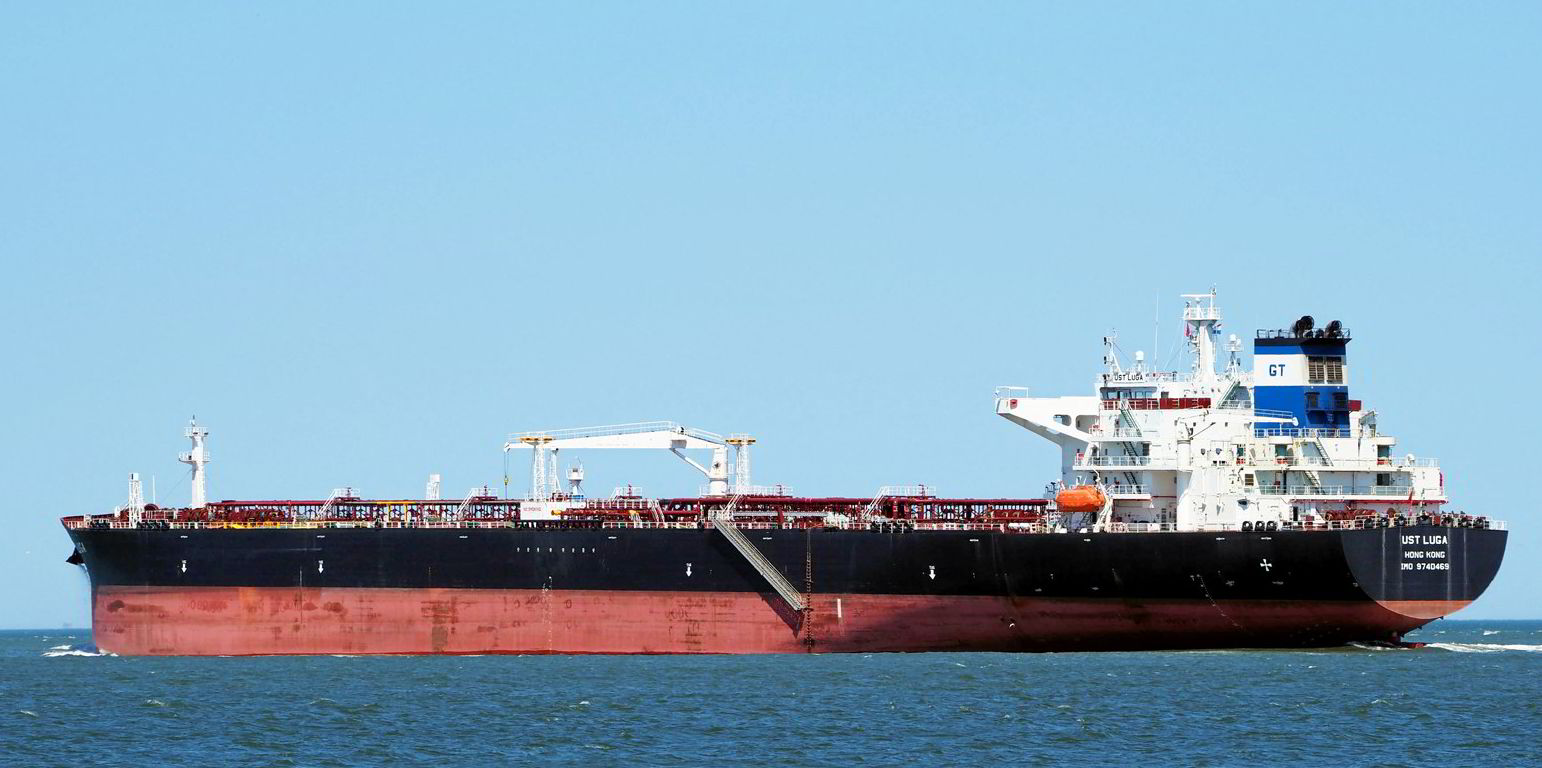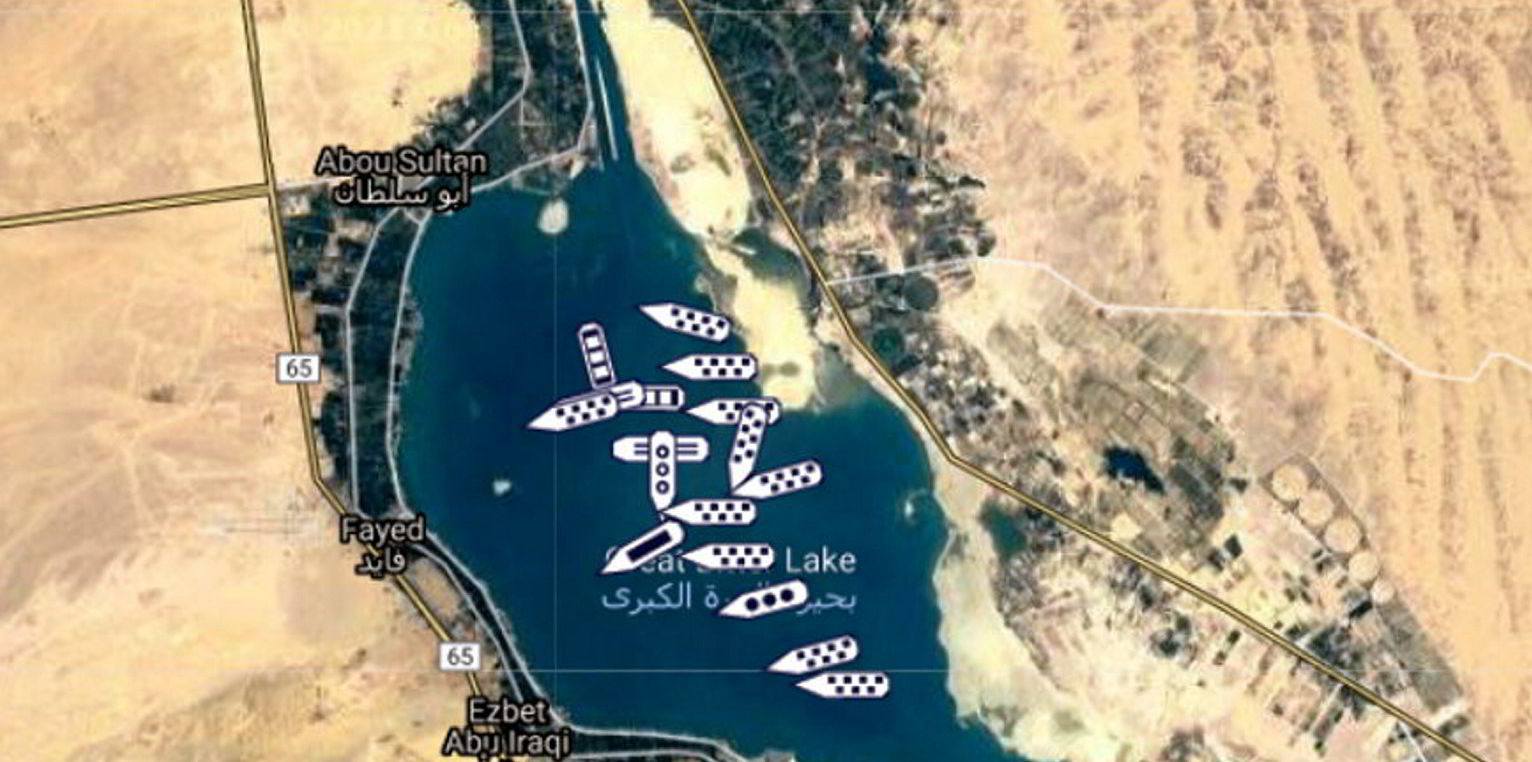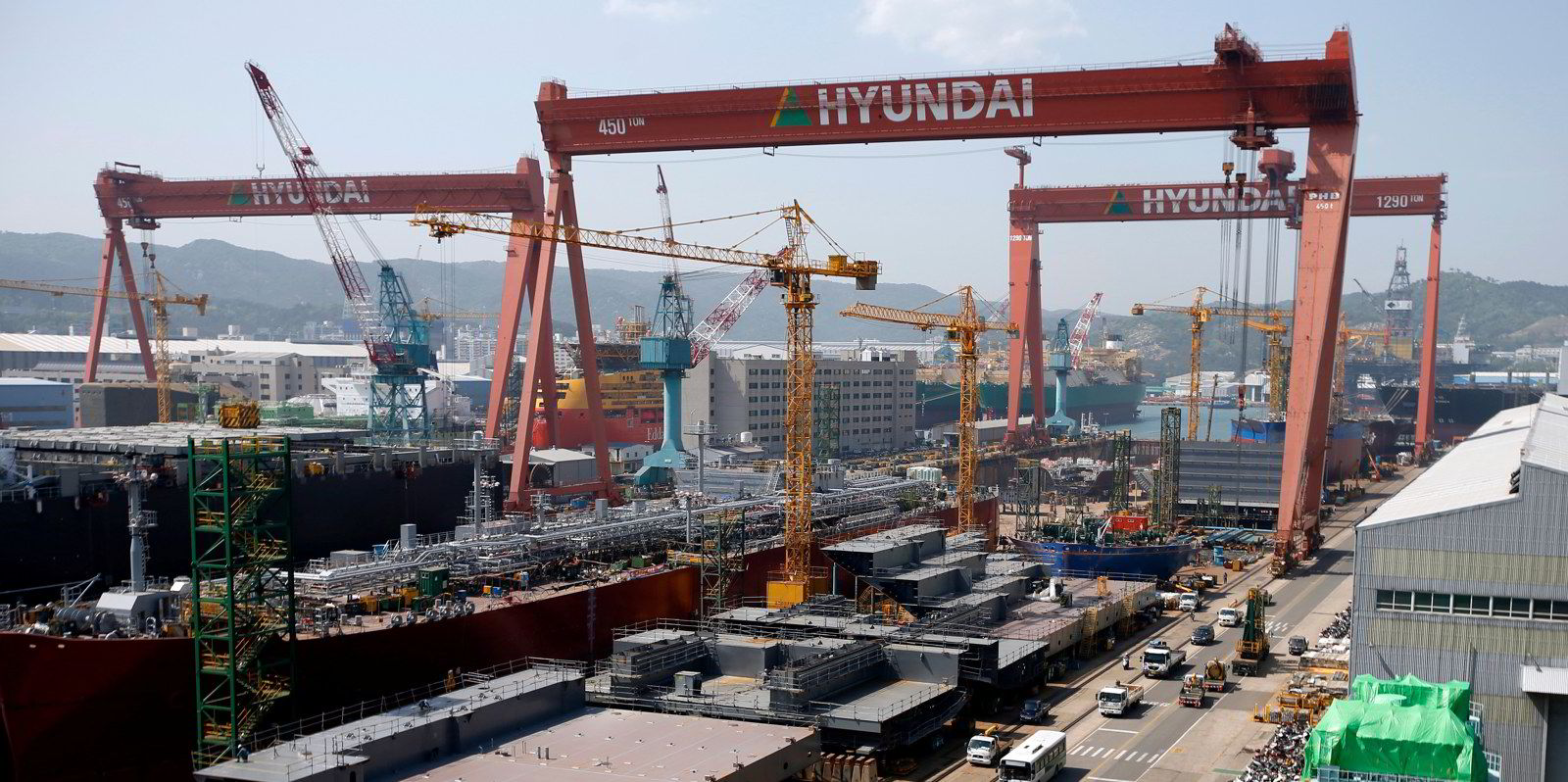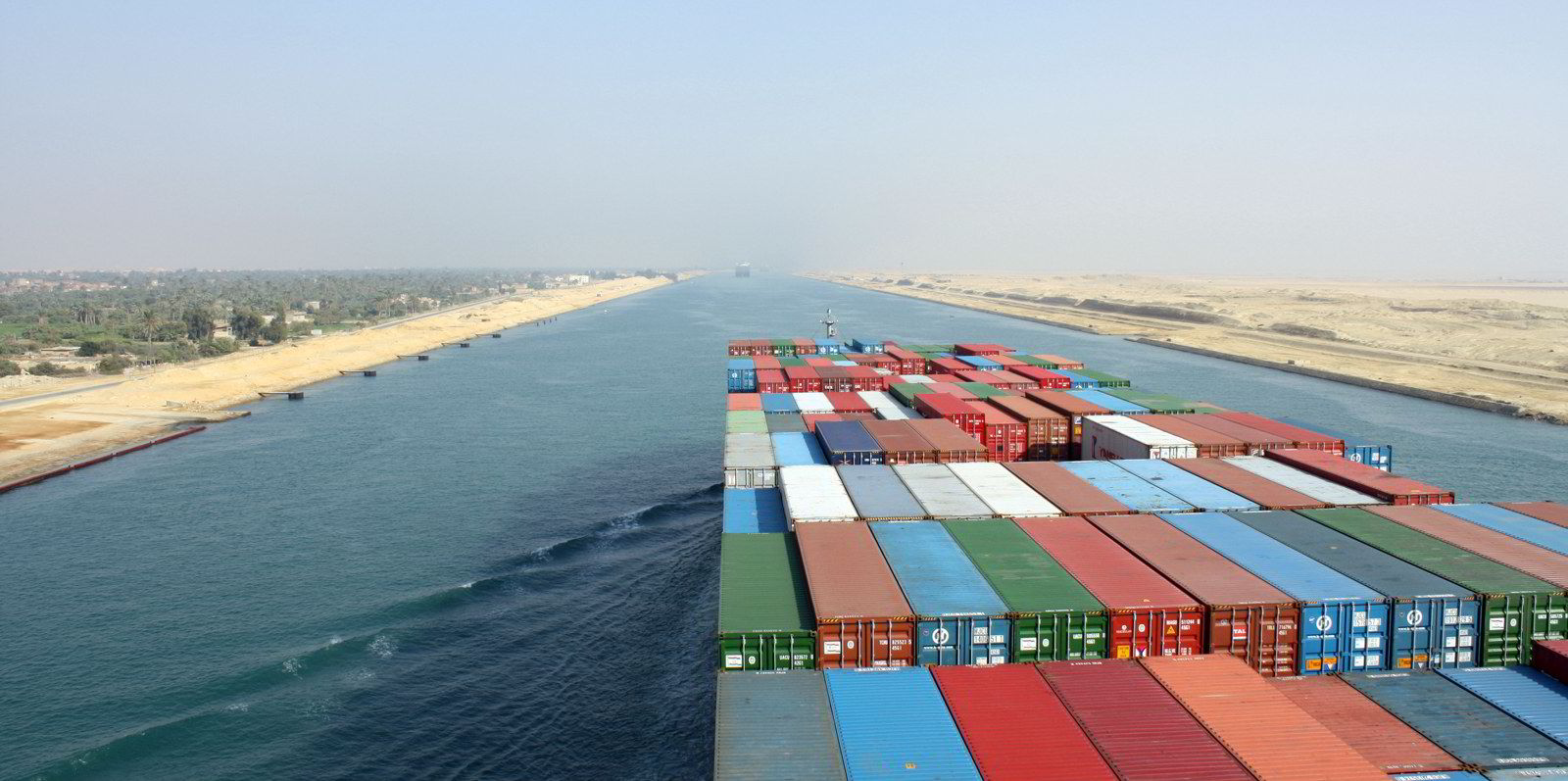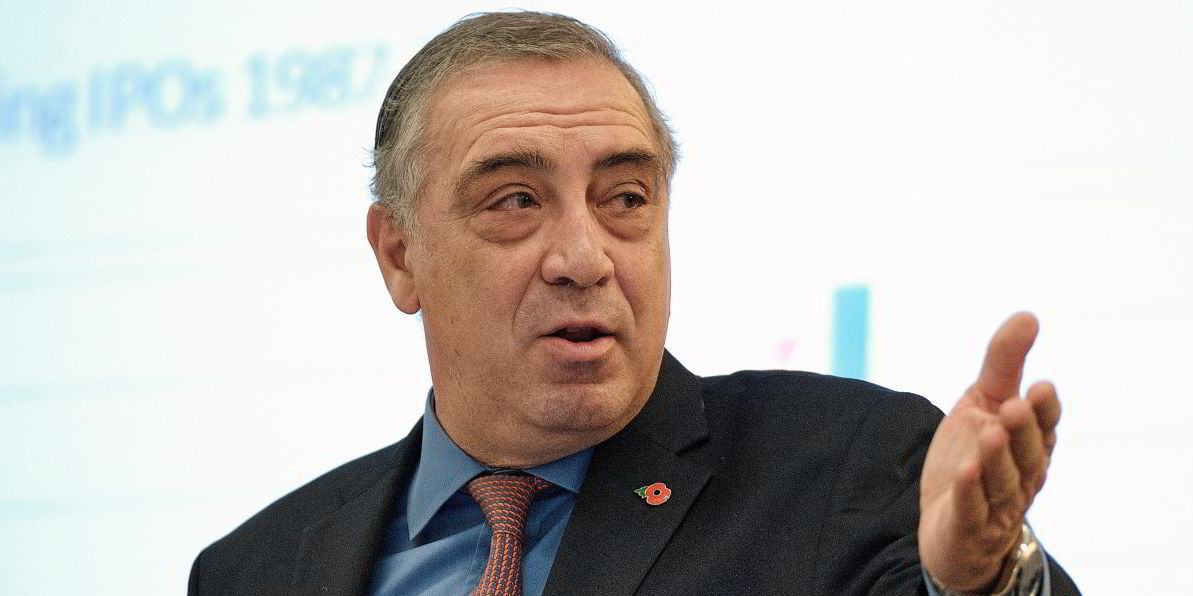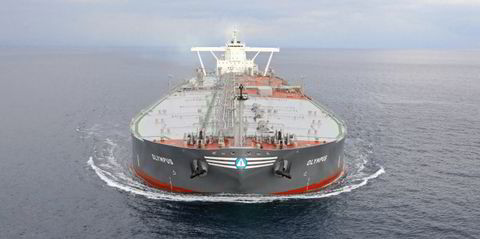Tanker earnings have risen to multi-month highs as tonnage supply tightens in the Middle East and western markets due to the blockage of the Suez Canal.
Market experts widely expect the rally to continue in the short term, with traffic at the key Egyptian waterway not expected to return to normal for days, if not weeks.
As of Friday morning, Leth Agencies estimated 22 crude and 11 product tankers were caught up in the congestion within or around the canal.
Ship tracking data from Kpler showed the 110,000-dwt LR2 Ust Luga (built 2017) and the 158,700-dwt LR3 Yuan Nan Hai (built 2020) are being diverted to take the longer route via the Cape of Good Hope to the Atlantic basin.
With a destination in India, the 156,600-dwt Marlin Santorini (built 2019) has taken a 90-degree turn in the Atlantic Ocean and is now sailing towards the southern tip of Africa.
“Delays coming through the canal simply mean that it will take longer for these vessels to come open for business once again,” Gibson Shipbrokers research head Richard Matthews said.
“Ultimately longer voyages and increased delays will lead to higher vessel utilisation which is undoubtedly positive for freight rates.”
Bullish mood
Average spot earnings have enjoyed healthy gains in all tanker segments in recent days, displaying rare strength following months of market weakness.
The bullishness has been most pronounced in the LR2 segment, where daily earnings of 2010-built ships, according to Clarksons Platou Securities, jumped to $20,700 on Friday from $12,300 on 19 March. Daily suezmax earnings rose to $17,800 from $11,300.
Across the tanker spectrum, LR2s and suezmaxes are generally the biggest users of the Suez Canal, where total oil flows amount to somewhere between 2m to 2.5m barrels per day based on Alphatanker data.
Brokers reported that since the grounding of 20,288-teu Ever Given (built 2018) shut canal traffic on Tuesday, vessel supply has been falling in Europe and the Middle East.
“The longer the disruption lasts, and more tankers are required to divert via the African Cape, the tighter tonnage lists will become,” said Alphatanker.
According to Clarksons Platou’s estimates, the lump-sum LR2 rate on the Middle East Gulf (MEG)-northwest Europe route surged to $2.5m on Friday from $2.15m on Wednesday. Freight rates for the benchmark MEG-Japan trade gained 22.5 points to Worldscale 137.5.

Suezmax rates for the Black Sea-Mediterranean route rose 10 points to WS 90 and for the West-Africa-northwest Europe trade increased by 7.5 points to WS 80.
"Middle East Gulf clean tanker rates, specifically LR2s and LR1s, had already started to trend higher prior to the blockage and charterers are asking for voyage options with routing via the Cape,” said Claire Grierson, senior director at SSY tanker research.
Grierson added that suezmax rates were rising because the segment’s supply balance could quickly feel the impact of canal blockage.
“Some vessels in this segment ballast northward through the Suez Canal, after completing voyages in the East,” she said. “A sustained canal disruption would have a significant impact on this voyage chain.”
It is speculated that some suezmax fixtures for loading from the Black Sea and the Mediterranean could be cancelled in the coming days, with the vessels stuck in congestion.
Trade dynamics
Looking forward, some analysts expect crude tankers to be better positioned to benefit from the disruption than their product peers.
“More oil could be pushed around Africa in either suezmaxes or VLCCs. However, those crude tanker markets are currently so oversupplied and depressed,” investment bank Stifel said.
“Conversely, we expect the impact could be more meaningful for the product tanker markets, specifically the larger LR2s which move a great deal of the product exported from Middle Eastern refineries.”
With a prolonged disruption expected to push up freight rates and oil prices simultaneously, Matthews suggested actual vessel demand would be largely determined by trade economics.
Pending on regional price differentials of crude and refined products, arbitrage flows could be curbed by rising freight costs. But oil firms might also consider using larger ships.
“With the canal blocked, traders will have to re-evaluate their trading strategies,” Matthews said.
“The economics between different vessel sizes could also come into effect with the improved economies of scale offered by VLCCs, suezmaxes and larger product carriers lending greater support to these asset classes.”
